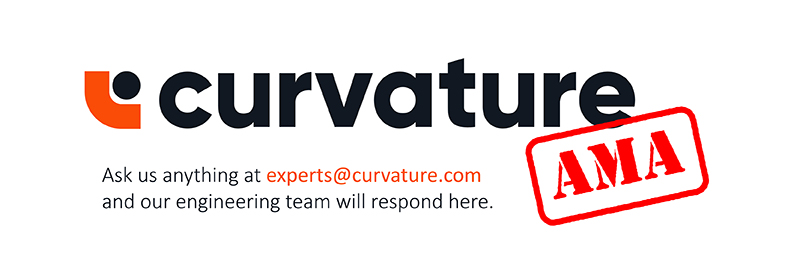How easy it is to move data from one data center to another? Should I opt for cloud as a quick solution?
This is a fairly complex question; a lot of the details really come from your application set and the demands the business has for continued availability of those applications. We can discuss some of the basics, though, to get a feel for what’s possible. On the networking side, depending on your internal data center and application architecture, you may need some sort of data center interconnect (DCI) protocol as an overlay on the network. Generally speaking, the driver for a DCI overlay is when you need L2 adjacency over an L3 network. For example, if you have an application running on a cluster of servers, and you want those servers to be geographically dispersed, using an overlay allows the servers to appear as if they’re all on the same L2 domain. Your particular applications will determine if a DCI overlay is needed. Next, WAN optimization can be a benefit when connection speeds are slow or latency is high. For example, storage replication can benefit quite substantially from WAN optimization. By manipulating TCP sessions, performing de-duplication, and intelligent caching, you can make better use of your connection. A word of warning, though – WAN optimizers that can handle high speed connections (500mbps+) are exceptionally expensive!
Next, we need to look at the tools available for managing your applications, systems, and backup to that other data center, and what their purposes are. Some tools, like VMWare’s VMotion, are used for workload balancing and high availability. (VMotion is not backup, however! It’ll happily transfer your messed-up VM to a new host, where it will continue to be messed up.) Other tools, such as Veeam, are used to provide VM-level backup and restore features (so that messed-up VM can be restored to its last good state). Then there are a number of different general purpose backup products out there, such as Dell EMC’s DataDomain systems, which can present themselves as a number of different device types and even have some application-level integration. Still other tools are application-specific or may even reside within the application itself. What you use here is really determined by the higher-level needs of why that second data center is being considered.
Finally, there is the decision between a cloud-based data center versus a physical location. That leans more on your use case for each data center. For example, it makes sense to have a cold disaster recovery facility in the cloud – there is no need to spend capital on hardware that would otherwise just sit idle almost all of the time and a large facilities bill to house and operate the equipment. In a similar vein, many backup products allow for backup to the cloud if all that’s needed is offsite data storage. On the other hand, if the data centers are going to be operated in an active-active arrangement, then a physical data center makes a lot more sense to look at. Either way, though, the same tools and technologies can be used; all major vendors now offer virtual versions of their products to allow them to be used in any of the major cloud providers’ services, so things like that DCI protocol I mentioned above can easily be extended into the cloud.
In our monthly Ask Me Anything feature, our engineering team answers questions sent to [email protected]. Submit your queries and next month’s topic could be yours!



